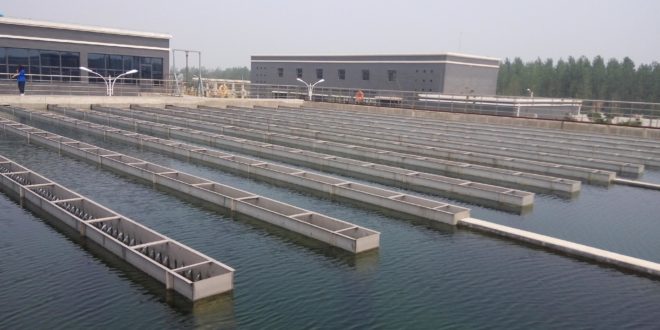Water is vital for all life on Earth. It’s what humans need to survive — in more ways than one. Whether it’s for drinking, doing laundry, cooking or practicing hygiene, clean water must be available at all times. Without the right infrastructure, water access is at risk. Public health then comes into question as well. For the best water infrastructure, it’s important to examine these systems from the top down.
Rainwater Issues
On the surface, one of the biggest issues for any urban area — and residential regions — is heavy rainfall and stormwater. If a large amount of rain falls, storm drains will fail to handle all the water and eventually back up into the streets and sidewalks. Flooding isn’t the only problem, though.
When stormwater runs throughout cities or neighborhoods, it can carry over into various water sources. For instance, rainwater eventually reaches a lake, river or sewer. During this journey, the water picks up contaminants from the streets. Toxins, heavy metals, plastics and waste will flow with the water and pollute it. If that mixture then reaches water supplies, it becomes a public health concern.
With sewage system updates becoming more necessary across the United States, these infrastructures are failing their residents. The right changes could bring about a more efficient process, with reduced flooding and contamination. Similarly, the end goal is finding more sustainable and green solutions.
Unfortunately, the issues continue, running deeper. Metal corrosion is one negative outcome of excessive rainwater, which can lead to an array of problems for businesses, like electrical hazards. Ultimately, the economic toll is often an overwhelming obstacle, setting a city back even farther.
Wastewater Solutions
Clean drinking water should be something no person has to worry about. In numerous places throughout the world, though, it is a primary concern. For instance, Flint, Michigan, is still struggling with the water crisis that began in 2014.
Contaminated water causes a significant amount of waste, whether from rainfall pollutants or lead like in Flint.
One solution that experts are looking into is wastewater recycling. In this process, treatment facilities purify and decontaminate wastewater until it becomes safe to drink and use once again. This dynamic isn’t new, but with more adaptation for it in cities, it could be a more sustainable solution to water crises.
However, wastewater treatment alone will not be enough to provide people with drinkable water or protect them from consistent stormwater pollution. Instead, new, sustainable infrastructure will help the most.
Green Infrastructure
A completely new infrastructure might sound costly, but with the right integration, it can save money in the long run. Focusing on green spaces in urban areas is one sustainable way forward. Alongside proper wastewater treatment plants, green infrastructures will change the game.
Within an urban green space, vegetation should be abundant. The main features of this space should include absorbent plants and gardens on rooftops, beside roads and near sidewalks that keep rainwater from getting away. Walkways should also have a unique design that integrates grass or trees throughout so they don’t flood.
Plus, there’s a tech-based twist. The Internet of Things (IoT) covers every device that connects to the internet. Urban developers can put sensors throughout a city that collect data about things like rainfall, sewer levels and air quality. The right integration of these sensors, along with green spaces, will bring about the ultimate sustainable infrastructure.
For instance, if city officials see sewer levels rising, or the sensors detect an unusual amount of water contamination, experts can act quickly. Having green spaces like gardens, tree canopies and green parking lots in place alongside IoT is the key to a better water system.
The underlying idea is access to clean water in sustainable ways. Green spaces bring that accessibility, and IoT ensures it stays that way. Luckily, cities like New York and Philadelphia are adopting this green model and method.
The Path Forward
As major cities become smarter with sustainability and green tech, water infrastructures become more reliable. Then, with wastewater reuse and recycling in place, cities can enjoy a foolproof system that keeps sustainability going at every step of the process. Now, more cities must adapt to the new norm to find success in improving their water infrastructures.



